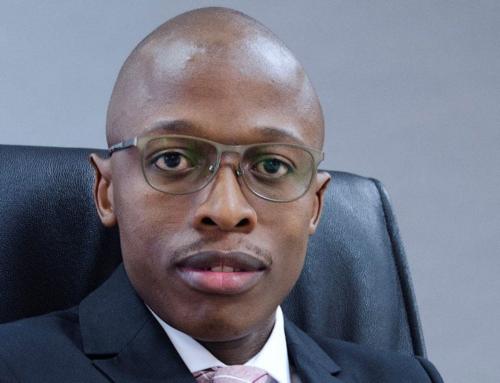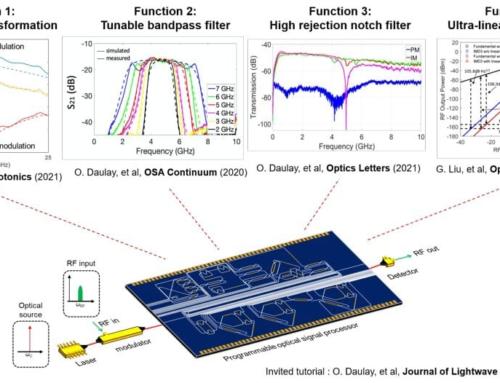Cell C is in deep financial trouble and was forced to delay its debt payments and hire consultants to probe its business practices.
So severe are the company’s problems that its interim CEO Douglas Craigie Stevenson detailed the challenges in an open letter. Stevenson also unveiled a turnaround plan which includes a recapitalisation programme, extracting greater value from its roaming agreement and optimising its network revenue and usage.
He also hired Bowmans Attorneys to “investigate any parts of the business where we suspect that there may be irregular business practices”. The revelations in the letter scared investors, which was reflected in a sharp decline in Cell C shareholder Blue Label Telecoms’ share price.
MyBroadband received information from industry insiders saying Cell C is facing tremendous financial challenges which are big enough to bankrupt the company. Some people even speculated that Cell C may close down and have its parts sold off if Stevenson’s turnaround plan does not work out.
Douglas Craigie Stevenson explains the challenges
Stevenson admitted that the company is facing severe financial and other challenges, which are four-fold:
- Debt – Cell C’s debt has gone up more than anticipated since the recapitalisation of 2017.
- The cost of debt – Cell C is paying a substantial premium on the cost of its debt.
- Liquidity problems – Cell C is battling with liquidity because of some of the events around the payment of large tranches on coupons.
- Poor business performance – Cell C’s business performance has not been optimal.
He said Cell C must become more agile and focus on its business performance to ensure a sustainable future. He added that they are currently working on a deal with the Buffet Consortium to get their debt at a cheaper rate than what they are currently paying.
What insiders told MyBroadband
Industry insiders told MyBroadband that Cell C is facing severe financial challenges which are not easy to overcome. They added that the company has had many turnaround plans over the last decade, but that Cell C always ended up in the same predicament.
The main reason is the company’s mountain of debt. It remains Cell C’s biggest challenge and has been a millstone around the company’s neck for over a decade. Unless the operator can find a way to manage its debt more effectively, industry players said, it faces a real threat of bankruptcy and even closing down.
How Cell C got here
Cell C’s bad financial situation raises the question as to how the company got to this point. Industry insiders told MyBroadband that multiple factors contributed to these problems, which include:
- High interconnect rates – When Cell C launched in 2001, Vodacom and MTN were already established with millions of subscribers. They then increased the interconnect rate from 20c to R1.25 before Cell C’s launch, which made it nearly impossible for Cell C to compete.
- Bad management and shareholders – Much of the blame should be placed at the feet of Cell C’s management and shareholders, who did not run the company efficiently enough to become successful.
- Declining voice revenues – With data products becoming more popular, high-margin voice traffic is declining. This means Cell C cannot cross-subsidize any of its operations through voice revenue to remain competitive.
- High roaming charges – Cell C pays high roaming charges in areas where it does not have network coverage. This puts pressure on its retail pricing and margins.
Cell C responds
Mybroadband asked Cell C whether it is facing bankruptcy or may close down, but the company sidestepped these questions. Instead Cell C said discussions with its shareholders, financial lenders and various stakeholders are ongoing.
“Cell C is actively pursuing liquidity, recapitalisation and operational initiatives to ensure that we remain competitive,” it said.“We are using our best efforts to be a strong participant in the industry and I firmly believe we are on the right track to achieve this. We have a new management team and a clear business plan.” The company told MyBroadband that it needs fix its capital structure to become sustainable. “The company’s debt stack is too expensive and too much,” it said.
It added that additional measures to ensure Cell C is sustainable include optimising the business to remove inefficient costs and redirect resources to revenue generating activities. Cell C said it’s actively pursuing a simplified business model that will see the mobile operator implement a synergistic network model that is more customer centric and requires less capital expenditure.
DISCLAIMER
Republished Article: This article was written by a MyBroadband Staff Writer, originally published online 14 July ’19 – https://mybroadband.co.za/



